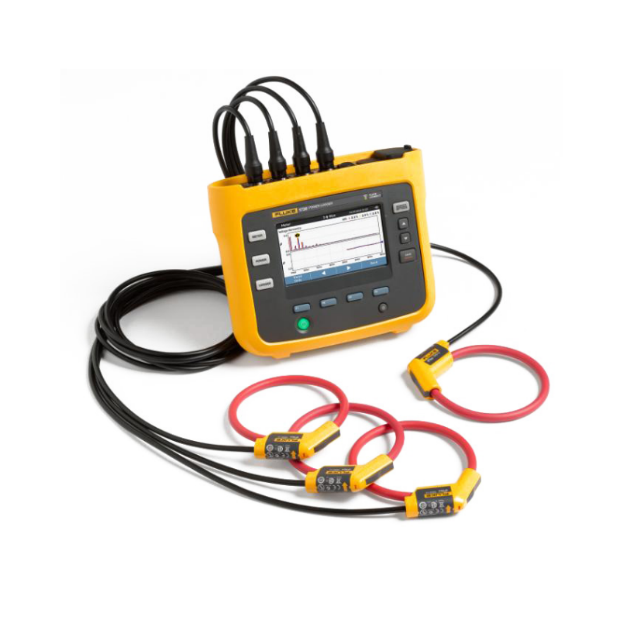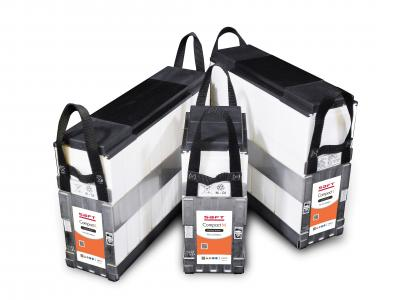Although the gas analyzer working principle is generally similar, there are some differences among different Gas analyzers. Below, this article will explore the working principles of various gas analyzers, including oxygen, carbon monoxide (CO), nitrogen oxides (NOx), carbon dioxide (CO₂), hydrogen sulfide (H₂S), sulfur dioxide (SO₂), chlorine, residual gases, flue gases, and hydrocarbons.

Oxygen Analyzer Working Principle
Oxygen analyzers are used to measure the concentration of oxygen (O₂) in a gas mixture. They commonly work based on one of the following principles:
Electrochemical Sensors: In this method, oxygen diffuses through a membrane and reacts electrochemically with an electrolyte, generating a current proportional to the oxygen concentration. This is widely used for combustion control and environmental monitoring.
Paramagnetic Sensors: Oxygen is a paramagnetic gas, meaning it is attracted to magnetic fields. In this type of sensor, oxygen molecules are drawn into a magnetic field, causing a pressure change that is measured and related to the oxygen concentration. This is used in high-accuracy applications.
Zirconium Dioxide (ZrO₂) Sensors: Common in industrial applications, this sensor utilizes a ceramic cell with a zirconium oxide element that conducts oxygen ions at high temperatures. The oxygen concentration is determined by measuring the difference in oxygen partial pressures between a reference and the sample gas.
Carbon Monoxide (CO) Analyzer Working Principle
Carbon monoxide (CO) is a toxic gas that needs careful monitoring, especially in combustion processes. The most common methods for detecting CO are:
Electrochemical Sensors: Similar to oxygen analyzers, CO analyzers use an electrochemical reaction where CO molecules react with an electrolyte, generating a measurable current. This type of sensor is sensitive and used for industrial safety applications.
Infrared (IR) Absorption: Carbon monoxide absorbs infrared radiation at specific wavelengths. An infrared CO analyzer measures the absorption of a beam of IR light as it passes through the gas sample. The concentration of CO is directly proportional to the amount of absorbed IR radiation. This is often used in flue gas analysis.
Nitrogen Oxides (NOx) Analyzer Working Principle
NOx analyzers are used to measure the concentration of nitrogen oxides (NO and NO₂) in exhaust gases, especially in combustion systems. The two main detection methods include:
Chemiluminescence: Nitric oxide (NO) reacts with ozone (O₃) in a chamber, producing light (chemiluminescence). The intensity of the light is proportional to the concentration of NO in the gas sample. NO₂ can be measured by converting it to NO. This method is highly sensitive and used for regulatory compliance and environmental monitoring.
Electrochemical Sensors: In some portable or low-cost NOx analyzers, electrochemical cells are used where nitrogen oxides generate a current as they react with a chemical reagent.
4. Carbon Dioxide (CO₂) Analyzer Working Principle

CO₂ analyzers are essential for monitoring combustion processes, greenhouse gas emissions, and controlled atmospheres. The most common methods include:
Non-Dispersive Infrared (NDIR) Absorption: CO₂ molecules absorb infrared radiation at specific wavelengths. NDIR CO₂ analyzers measure the reduction in IR radiation intensity as it passes through a sample containing CO₂. This method provides high accuracy and is widely used in environmental monitoring and process control.
Electrochemical Sensors: Used less frequently for CO₂ detection, electrochemical sensors measure the reaction of CO₂ with an electrolyte. These are generally used in portable devices or specific industrial applications.
Hydrogen Sulfide (H₂S) Analyzer Working Principle
H₂S is a toxic gas commonly monitored in industries like oil and gas. The most widely used detection methods include:
Electrochemical Sensors: H₂S reacts with the electrolyte in a sensor, generating a current proportional to its concentration. This method is highly sensitive and used for personal safety monitoring and industrial leak detection.
Flame Photometric Detectors (FPD): In this method, H₂S is burned in a flame, and the emitted light is measured. The intensity of the light is proportional to the concentration of H₂S in the sample. This is commonly used in gas chromatography systems.
Sulfur Dioxide (SO₂) Analyzer Working Principle
Sulfur dioxide (SO₂) is a significant pollutant, especially in combustion processes. The two primary detection methods are:
Ultraviolet (UV) Fluorescence: SO₂ absorbs UV light and re-emits it at a different wavelength (fluorescence). The amount of emitted light is proportional to the concentration of SO₂ in the sample. This method is highly accurate and used in emissions monitoring.
Electrochemical Sensors: In this method, SO₂ reacts electrochemically within the sensor, producing a measurable current. It is commonly used in portable and industrial SO₂ analyzers for air quality and industrial hygiene monitoring.
Chlorine Analyzer Working Principle

Chlorine (Cl₂) is highly reactive and must be monitored in water treatment and industrial processes. Common detection methods include:
Electrochemical Sensors: Chlorine reacts with the sensor’s electrolyte, generating an electrical current proportional to its concentration. This method is highly sensitive and commonly used in industrial safety systems.
Amperometric Titration: This method involves titrating the chlorine sample with a reagent and measuring the electrical potential. It’s often used in water quality applications.
Residual Gas Analyzer Working Principle
Residual gas analyzers (RGAs) are used in vacuum systems to monitor trace gases or contaminants. The most common method is:
Mass Spectrometry: RGAs operate based on the principle of mass spectrometry, where the gas sample is ionized, and the resulting ions are separated based on their mass-to-charge ratio (m/z). This allows for the detection of multiple gases in small quantities, making RGAs ideal for ultra-high vacuum systems.
Flue Gas Analyzer Working Principle
Flue gas analyzers are used to monitor emissions from combustion processes. They typically measure gases such as O₂, CO, CO₂, and NOx. Key detection methods include:
NDIR (Non-Dispersive Infrared): This method is used to measure CO and CO₂ levels by assessing their absorption of infrared radiation.
Electrochemical Sensors: These are used for O₂ and NOx measurements, where gases generate an electric signal proportional to their concentration.
Thermal Conductivity: Some flue gas analyzers use this principle to measure the thermal conductivity of the gas sample compared to a reference gas, detecting H₂ and other gases.
Hydrocarbon Analyzer Working Principle
Hydrocarbon analyzers are used in petrochemical, environmental, and automotive industries to detect hydrocarbons like methane, propane, and other VOCs. The common methods include:
Flame Ionization Detector (FID): In this method, hydrocarbons are ionized in a flame, and the resulting ions are collected to generate a measurable current. The current is proportional to the concentration of hydrocarbons in the sample. This is one of the most sensitive methods for measuring total hydrocarbons.
Infrared Absorption (NDIR): Hydrocarbons absorb IR radiation at specific wavelengths, and this absorption is measured to determine their concentration.
Conclusion
Understanding the working principles of various gas analyzers is essential for selecting the right equipment for specific applications. Different gases require different detection methods, and the choice of analyzer depends on factors such as the gas type, application environment, and required sensitivity. Gas analyzers play a crucial role in safety, environmental monitoring, and process control across a wide range of industries.






